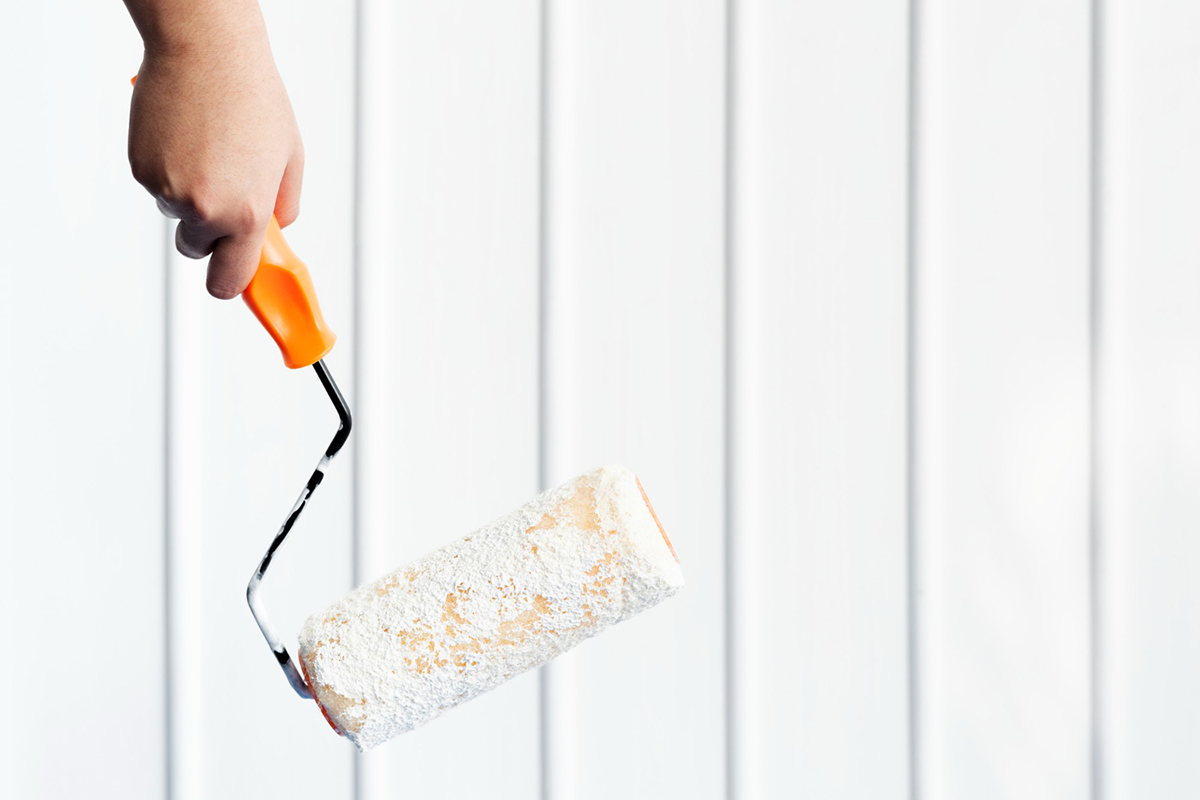Don't Skip the Important Step of Priming Your Surfaces Before Painting

Painting your walls, furniture or any surface can be a fun DIY project, but it can also quickly turn into a nightmare if you don't properly prime the surface first. The combination of paint and primer is essential for the success and longevity of your painting project. Skipping the priming process can lead to uneven paint application, paint flaking, or even complete failure of the paint to adhere to the surface. In this blog post, we'll discuss the importance of priming surfaces for painting and why it shouldn't be skipped.
Helps with adhesion
Priming is the process of preparing a surface for painting, and it involves applying a base coat of primer. Primer is specifically designed to help paint adhere to surfaces better than paint alone. It creates a barrier between the surface and the paint that acts as a binding agent. Without primer, paint often just sits on the surface, making it easy to chip, peel, or flake off. Priming helps to extend the life of paint and ensures it stays in place and doesn't peel off the surface.
Covers stains and uneven surfaces
If you're painting a surface with stains or unevenness, a coat of primer can help to even out the surface and cover stains. For example, water stains can seep into gypsum boards, making it difficult to get a uniform finish if you paint over them without priming. Priming first will help lock in the underlying stains and create a smooth surface for the paint to adhere to.
Saves time and money
It can be tempting to skip the priming process to save time and money, but in the long run, it can end up costing you more. If the paint does not adhere properly or chipping, peeling, or flaking off after a few weeks, you will have to redo the entire project - essentially wasting your time and money. Priming your surfaces the first time will save you from having to repeat the entire process.
Improves color and finish
Primers come in different colors and finishes, such as flat, glossy, or matte. Using the right color primer can help improve the final look of the paint. If you're painting a dark color over a light one, using a tinted primer can help you get a uniform finish and make your final color look more even. Applying a base coat or primer of a different finish can also add shine or enhance the overall look of your paint project.
Protects against moisture and mildew
If you're painting surfaces in areas with high moisture, such as bathrooms or kitchens, it's crucial to use moisture-resistant primer. This type of primer helps protect against mildew and mold growth, making sure your paint application stays healthy and unaffected.
Conclusion
In conclusion, priming is an essential step when it comes to painting your surfaces, and it can't be skipped. While it may seem like an extra step that you can cut out, the benefits of proper priming far outweigh the costs. By taking the time to properly prepare your surfaces with primer, you will ensure that your paint job will last longer, create a smoother surface, and save yourself from future headaches. So, before starting your next painting project, don't forget to prime!
Lakestone Painting is Orlando's premier commercial painters, providing top-notch expertise, top-quality products, and exceptional customer service. Contact us today, and let's transform your workspace with the right paint color!